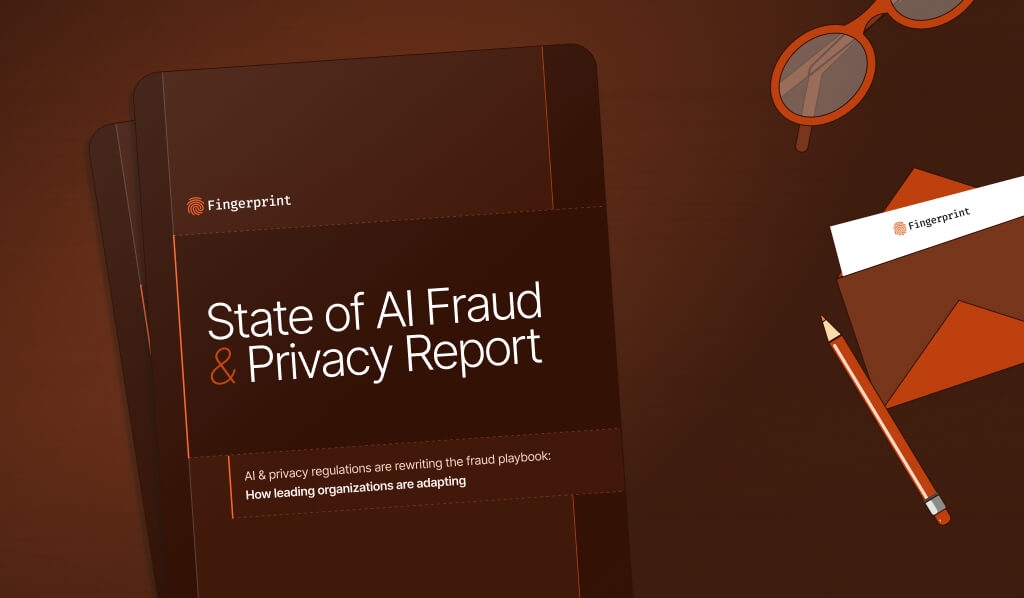
Summarize this article with
Love it or hate it, we can’t escape AI. And unfortunately, this is also true in the fraud prevention world, where 41% of attacks targeting organizations are now AI-powered.
Our latest report (based on a survey of more than 300 leaders in the B2B SaaS, fintech, and payment platforms and banking sectors) explores the impacts of AI-driven fraud on organizations and reveals the leaders and laggards in fraud prevention today. Read on for some highlights from the report.
The costs of AI-powered fraud
Nearly every organization surveyed has experienced measurable losses due to AI-powered attacks in the past year, with an average of $414,000 in annual losses. For more than a third of respondents, those losses reached $1 million each year. These impacts cut across sectors — banks, fintechs, payment platforms, and B2B SaaS providers all report substantial and growing threats from AI-enabled fraud.
But financial losses tell only part of the story. Our survey uncovered a deeper, often overlooked cost: operational strain. Fraud teams are dedicating more time than ever to manual investigation and triage as AI-powered attacks slip past traditional detection systems and generate new types of suspicious activity.
This operational burden lands especially hard in the B2B SaaS sector: 62% of fraud teams in this space report a significant increase in manual workloads. Across all industries, only a small fraction have managed to avoid a noticeable rise in investigation time. For most organizations, the result is a drain on resources, slower response times, and more friction for customers.
Privacy-first technologies and regulations: A double-edged sword
Governments around the world have enacted privacy regulations to protect consumers; a few notable examples include the EU’s General Data Protection Regulation (GDPR), the California Consumer Privacy Act (CCPA), and India’s Digital Personal Data Protection Act (DPDP).
At the same time, consumers are becoming more privacy-aware and increasingly choosing to use privacy-forward browsers and VPNs when they go online. The combination of privacy regulations and more privacy-conscious consumers is making it more challenging for fraud teams to tell the difference between users and fraudsters while staying in compliance.
The survey results confirm this: Nearly half of survey respondents report that privacy-first technologies have reduced their fraud prevention capabilities.
For many, the impact is more than moderate, with 27% describing it as severe. The challenge is especially acute in B2B SaaS, where 57% of teams struggle to identify legitimate users. Even in fintech and banking, privacy tools are eroding the ability to distinguish between real customers and fraudsters, making it harder for fraud prevention teams to meet compliance requirements while still protecting their customers and organizations.
Stay ahead: Read the full State of AI Fraud & Privacy Report
AI-powered fraud is the reality for every organization with an online presence. As privacy regulations become more complex and fraud tactics evolve to include more AI-powered tools, organizations need to invest more into newer, adaptable technologies to respond faster and more effectively.
For many organizations, device intelligence has stepped in as an essential tool for modern fraud prevention. Device intelligence platforms like Fingerprint enable organizations to persistently identify browsers and devices — even as privacy settings shift or cookies are cleared — providing the context needed to assess risk before login or account creation, without running afoul of regulations or requiring hours of manual investigation.
Read the full State of AI Fraud & Privacy Report for more in-depth findings.
Or learn more about device intelligence in this article.



